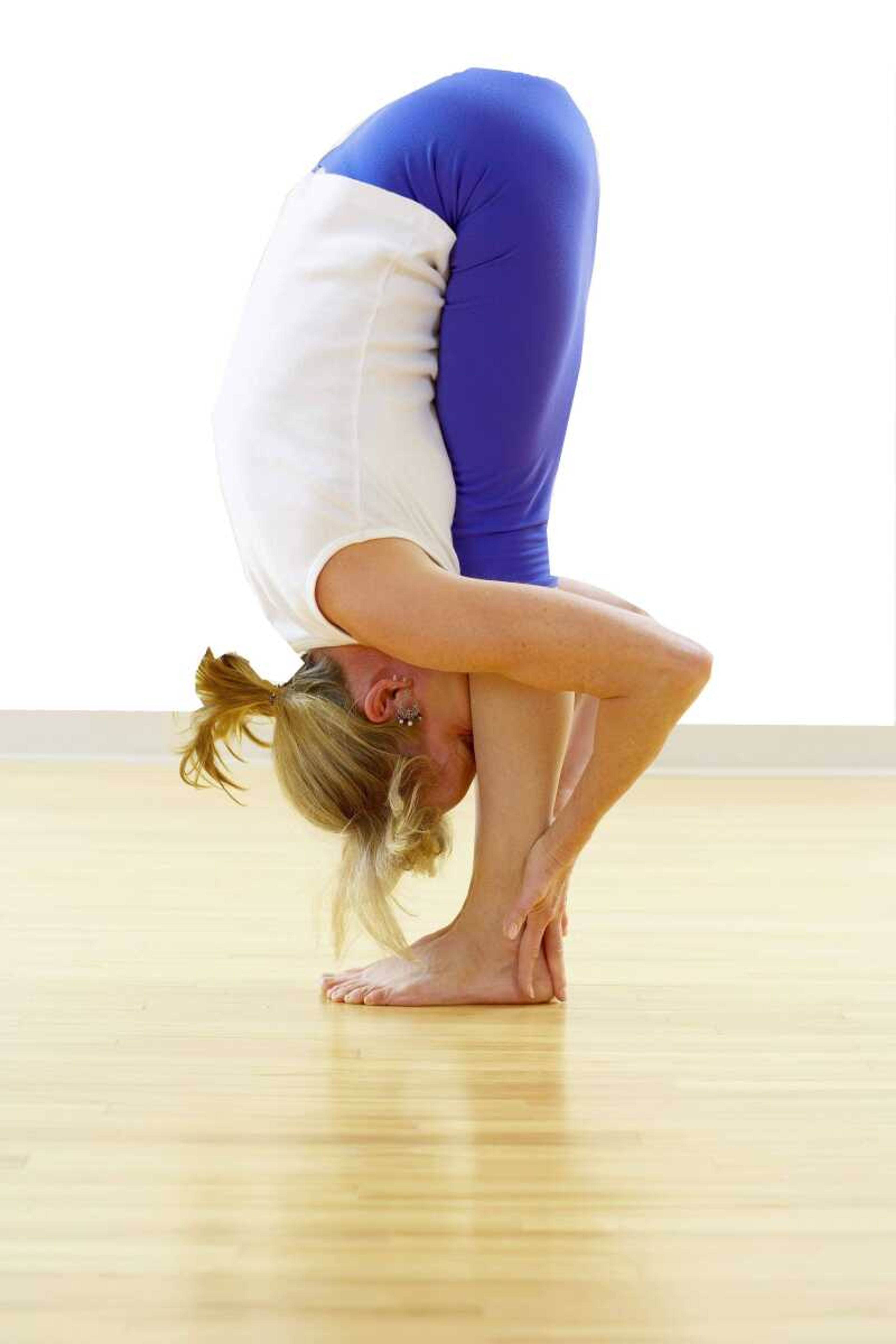Ways to test your fitness at home
Signing up for a new exercise program may lower the level of guilt, but that alone won't get the work done. While most gyms offer a fitness assessment, you might want to skip the full-on fat pinching appointment and start with an amateur analysis. A few trainers offered simple tests you can do at home or on the way to work to check your strength, aerobic fitness, balance and all the other stuff we want to keep intact. Some are pretty basic. Others are a bit more challenging...
Signing up for a new exercise program may lower the level of guilt, but that alone won't get the work done. While most gyms offer a fitness assessment, you might want to skip the full-on fat pinching appointment and start with an amateur analysis. A few trainers offered simple tests you can do at home or on the way to work to check your strength, aerobic fitness, balance and all the other stuff we want to keep intact. Some are pretty basic. Others are a bit more challenging.
Aerobic capacity
There are lots of ways to evaluate fitness, but one of the most fundamental is to look at your ability to raise your heart rate, increase your breathing and use more oxygen to allow the muscles to do more work. Actual measurement requires access to the right equipment (see below), but there are plenty of ways to get a rough idea of where things stand.
Find some stairs and make the climb. Lance Breger, head private trainer at Washington-based Mint Fitness, said to take the stairs or walk up an escalator. Check your breathing at the end. If you can speak in reasonable sentences without gasping for air, then you're in decent shape. If you have to make stops along the way or are breathless by the time you reach the top, then think about regular cardio training, such as taking the stairs every day.
Mary Layne, owner of LifeStages Fitness in Northern Virginia, suggests a one-mile run or jog. For her younger clients, Layne would want them to cover the distance in about 13 minutes, or roughly 4.5 mph; if you are older, strive for a brisk walking pace of 3.5 mph, or about 17 minutes per mile.
Strength
Upper body, lower body, back, abs: Where to begin? Kenn Kihiu, who trains out of the Sport & Health chain's Rio facility in Gaithersburg, Md., offers a simple but challenging test and exercise rolled into one: the wall squat. With your back against a wall and your feet shoulder-width apart, slide down and move your feet out until your knees are at a 90-degree angle, with the hips parallel to the floor.
If you can hold the pose for a minute, Kihiu said, it is a good measure of lower-body strength and a strong indication that you'll avoid the routine pulls and strains that an unfit person can suffer from such simple motions as standing up or bending over. If you fall short, you can use the pose as an exercise to try to build strength. If needed, use a table or chair for support while moving into or out of position. Be careful if you have weak or problem knees.
For the upper body and for general core strength, Breger said to pay attention to some basic, everyday functions: Can you get your overhead bag into the compartment on the airplane without help? Can you get the grocery bags into the house and up the steps without a rest? Can you lean over the sink to shave or wash your face without a pain in your back? Can you get out of bed without rolling to one side and pushing up with your hands?
If you're in pretty good shape and looking for a goal, try the bench press, a classic measure of strength. If men can press their body weight and if women can press half their body weight, that's a sign of good conditioning, Layne said.
Flexibility
Can you touch your toes? Can you wash your back? Enough said.
Balance
Balance becomes increasingly important as we age. Falls and fractures are serious injuries for the elderly. Poor balance can stem from neurological and other problems, but it can also be a sign of poor muscle control and inadequate strength.
Layne recommends playing stork: Stand on one foot for half a minute, then switch sides. If you think you are going to have trouble, do the test near a wall.
Now that you have the tools to test yourself, don't be afraid to give them a try. The truth is out there. What you do with it is up to you.
Connect with the Southeast Missourian Newsroom:
For corrections to this story or other insights for the editor, click here. To submit a letter to the editor, click here. To learn about the Southeast Missourian’s AI Policy, click here.









